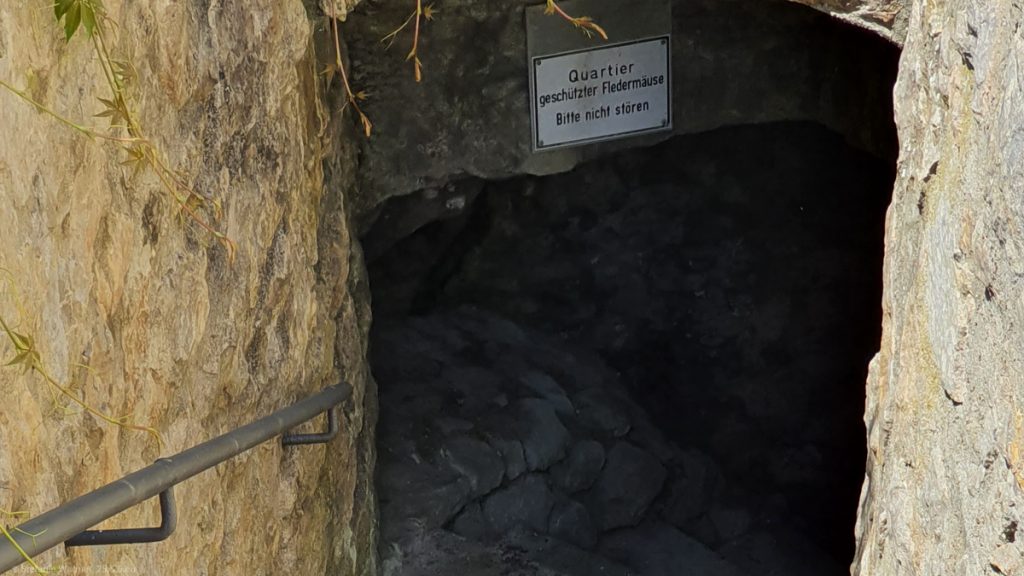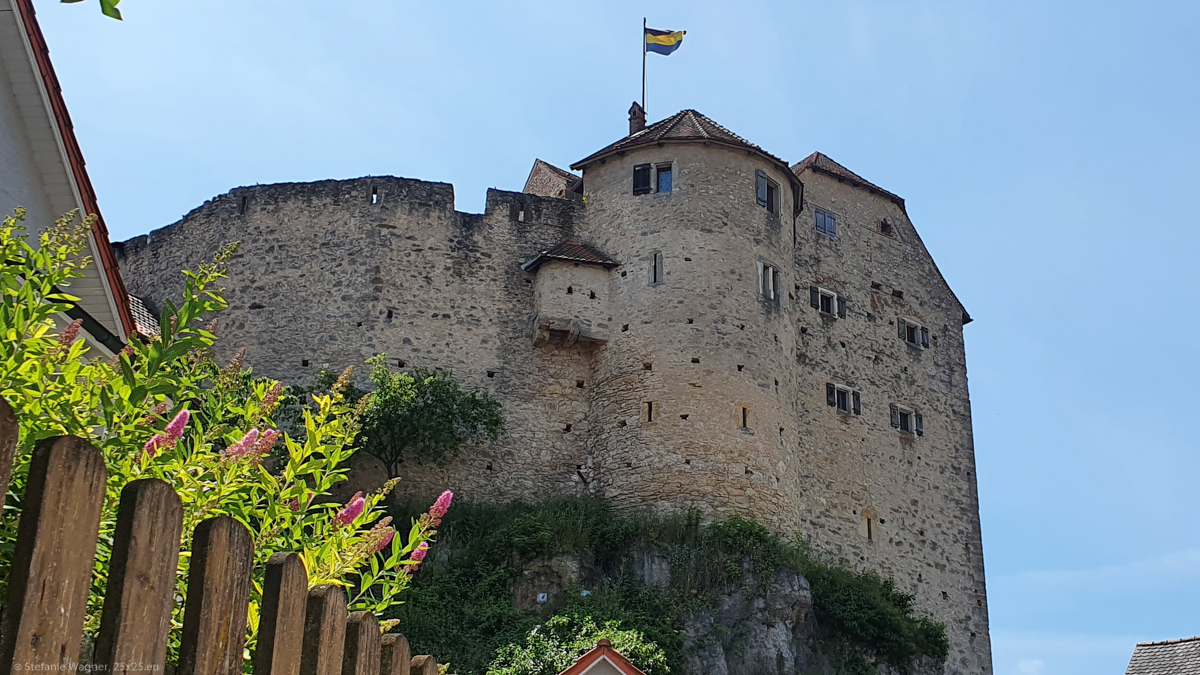Visiting R 68 6
Sometimes things just don’t work out as intended. In this case I wanted to visit castle Wolfsegg that has an exhibition about the role of women in the middle ages. Well – it was closed. I didn’t look carefully enough and missed out on the information on the webpage that it is only open on the weekends.
Nevertheless, I took the opportunity to take a walk around the castle. Built around 1300 it sits on a hill like a real stronghold and is very well preserved. It has never been destroyed. This is at least different from my last tour around castles where the one you could get close was in ruins and the other one behind a fence.
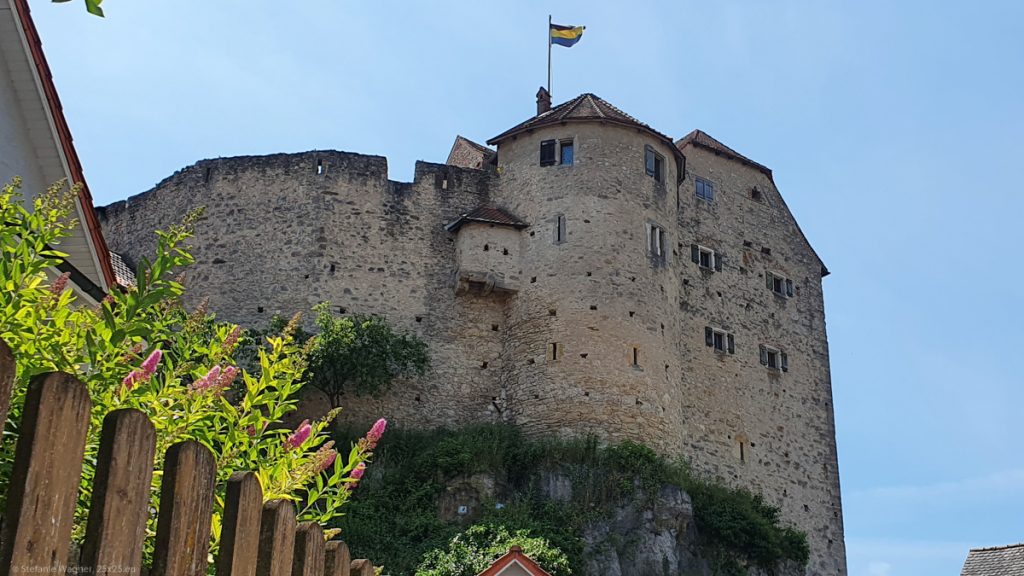
Nature #1: noisy kestrels
Old stone buildings like this castle have holes in their walls. Those putlog holes are typically from the logs used during building the walls. Here they became the homes of kestrels. When I was there the kestrels had very hungry offspring. They made sure no one would miss out on their needs (you can hear an example on the Wikipedia page about kestrels).
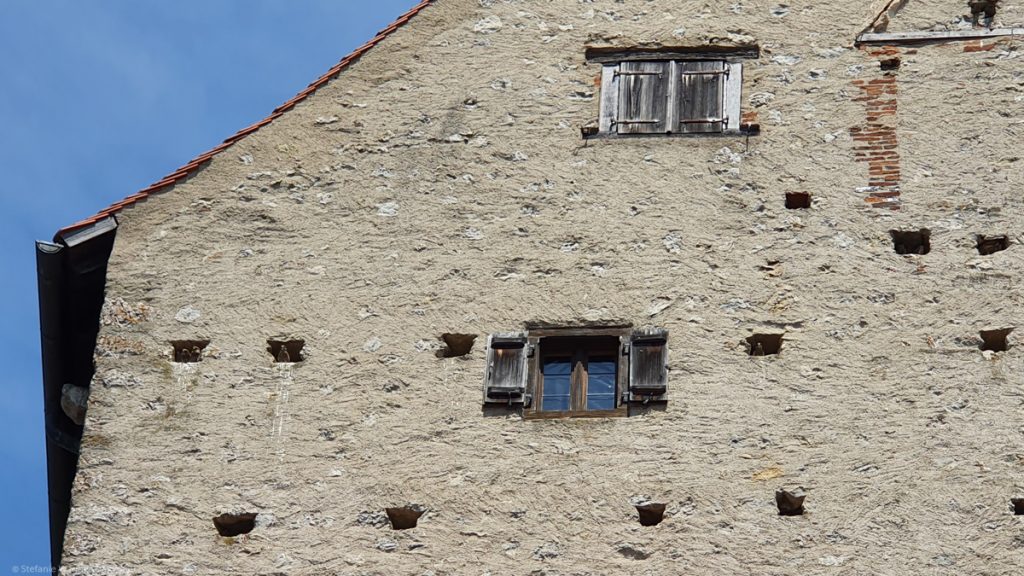
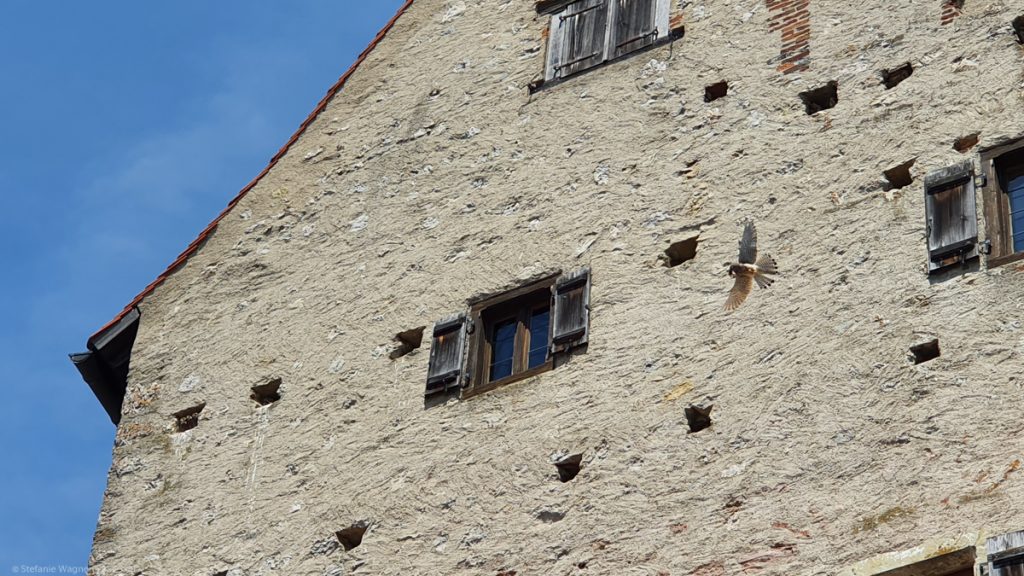
I am very happy to see that they don’t try to close those holes. Furthermore, they actively support the birds from living there.
Nature #2: very resistant plants
There was an information board explaining in detail what type of plants are growing on the castle hill. They were describing for example stonecrop and houseleek as being extremely resistant, able to survive with less water, etc.. Obviously I am able to kill even the most resistant plants in my garden 🥴. I had some of those and they didn’t make it.
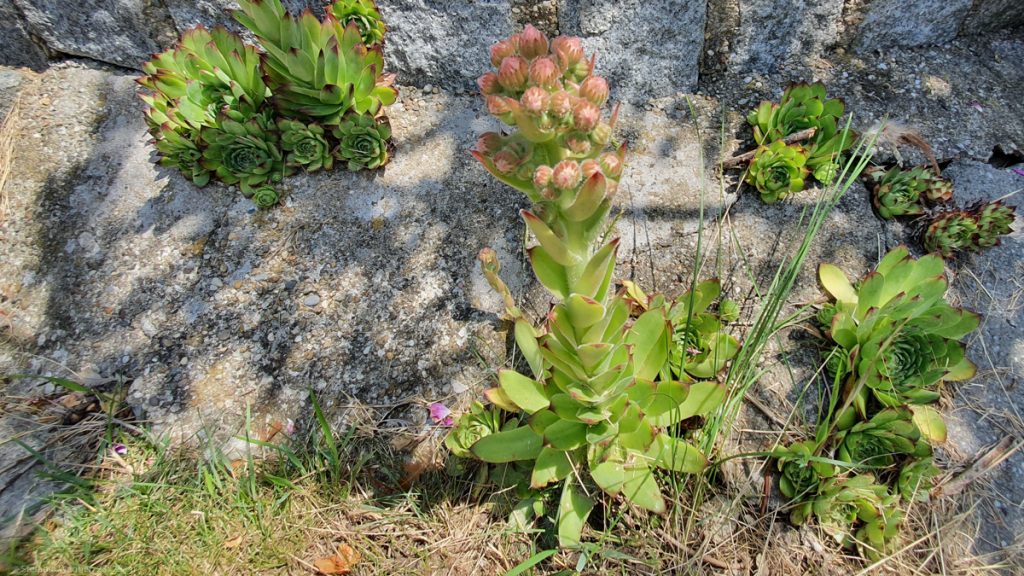
Nature #3: the caves below the castle
There is a big cave beneath the castle. It goes 35m down into the hill and is therefore deeper as the hill itself. It is most of time closed for the public to protect bats living there. Now imagine, you build a castle and then you find out that part of your castle is standing above a cave. I would have been worried. But it looks like this cave is very stable and there is nothing to worry about. Still I think this is a unique position for a castle.
